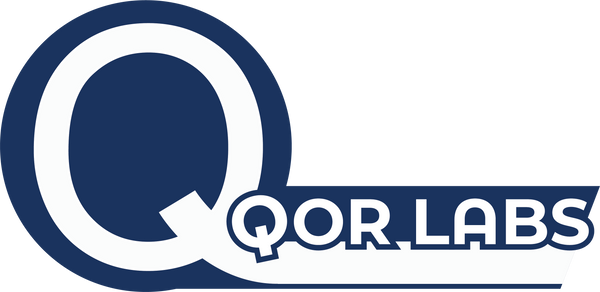
Lab Safety Essentials: Must-Have Protective Gear and Best Practices
Share
Lab Safety Essentials: Must-Have Protective Gear and Best Practices
Safety in the laboratory isn't something you want to gamble with. Proper protective gear and safe practices not only help keep you and your team safe, but they also ensure the accuracy and reliability of your lab results. Whether you're setting up a new lab or reviewing safety protocols, here's a straightforward guide to the protective gear every lab needs and practical tips for implementing essential safety practices.
Essential Lab Safety Gear
Personal Protective Equipment (PPE) is your first line of defense in the lab. Here's a quick rundown of must-have gear:
Lab Coats
Choose lab coats made from durable, flame-resistant materials to protect against chemical splashes and spills. Make sure they're comfortable and offer full coverage, extending below the knees for optimal protection.
Gloves
Gloves are critical for safety and contamination control. Nitrile gloves are a popular choice because they're chemical-resistant, durable, and hypoallergenic. Always match the glove type to your specific chemical and biological hazards.
Safety Goggles and Eyewear
Safety glasses protect against minor splashes, while safety goggles provide more comprehensive protection against larger spills and chemical vapors. Look for goggles that fit snugly and comfortably around your eyes.
Face Shields
Face shields offer additional protection when dealing with highly hazardous materials. They're particularly useful in chemical synthesis, handling corrosive liquids, or procedures that might generate splashes.
Respiratory Protection
In environments where airborne contaminants are a risk, using proper masks or respirators is non-negotiable. Make sure your respirators meet approved safety standards (such as N95 or equivalent).
Best Practices for Lab Safety
Beyond gear, following correct procedures keeps your lab safer:
-
Proper PPE Usage: Train your team to wear and remove PPE correctly to avoid contamination or exposure. PPE should never leave the lab.
-
Chemical Handling and Storage: Store chemicals according to compatibility guidelines, clearly label containers, and regularly inspect storage conditions.
-
Lab Safety Checklists: Develop easy-to-follow safety checklists. These ensure daily adherence to safety protocols and help identify risks early.
Common Lab Safety Mistakes to Avoid
Even experienced professionals can make these mistakes—here’s how to avoid them:
-
Skipping Protective Gear: Never assume a quick task doesn't require protection. Accidents often happen unexpectedly during routine tasks.
-
Improper Storage: Never store incompatible chemicals together. Follow guidelines to prevent dangerous chemical reactions.
-
Poor Training: Ensure your lab personnel are regularly trained and up-to-date on safety procedures.
Staying Compliant with Lab Safety Standards
Maintaining compliance with safety regulations such as OSHA guidelines is crucial. Regular training sessions, periodic audits, and scheduled equipment inspections are vital for ensuring your lab's ongoing safety and compliance.
Final Thoughts
Lab safety is fundamental—never optional. Investing in the right protective gear, enforcing clear safety procedures, and maintaining compliance will help keep your lab running safely and efficiently.
